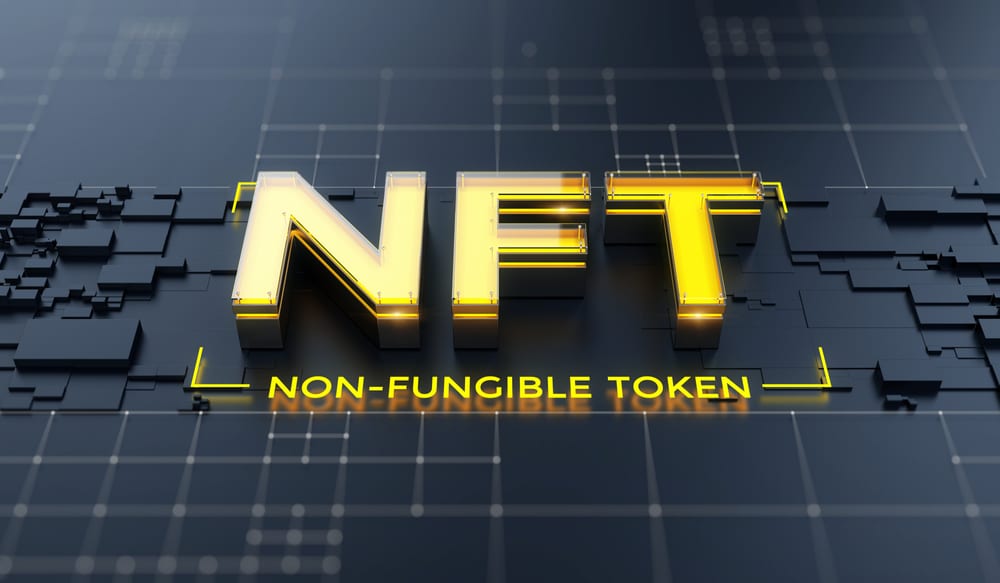Understanding Ethereum Improvement Proposals (EIPs)

An Ethereum Improvement Proposal (EIP) constitutes a formal document informing the Ethereum community, with the primary goal of suggesting enhancements to the Ethereum network.
EIPs adhere to a predefined structure and are employed to recommend modifications within the Ethereum blockchain ecosystem. Such proposals may encompass alterations to the Ethereum protocol, client specifications, or the overarching network structure.
An Overview of Ethereum Improvement Proposals (EIPs)
Within the realm of the Ethereum blockchain, EIPs are crucial formal documents that propose changes or improvements across the network’s various segments. These documents are fundamental to Ethereum’s governance model, which is characterized by transparency and democracy, allowing any member of the community to propose modifications.
EIPs cover a wide spectrum of potential changes, ranging from minor adjustments to substantial revamps that may require a hard fork, creating two distinct blockchain paths. The EIP framework ensures a thorough review process, fostering community engagement, discussion, and refinement of each proposal.
Different Categories of EIPs
EIPs can be classified into several categories, each with a specific focus:
- Standard Track EIPs focus on modifications that could affect the whole Ethereum protocol, including changes to the consensus mechanism.
- Core EIPs are concerned with enhancements related to consensus forks and other central aspects of Ethereum’s development.
- Networking EIPs address specifications for the network protocol.
- Interface EIPs involve modifications to client API/RPC specifications and standards, as the official EIP website outlines.
- ERC EIPs are geared towards application-level standards and conventions, including token standards, name registries, etc.
- Meta EIPs are aimed at refining Ethereum’s governance and procedural mechanisms.
- Informational EIPs seek to share knowledge and best practices, not necessarily proposing direct changes to the network.
This classification system ensures a structured approach to evaluating and implementing a wide array of improvements, guaranteeing that each proposal is given the attention and scrutiny it deserves.
The Functioning of Ethereum Improvement Proposals (EIPs)
The procedure for Ethereum Improvement Proposals (EIPs) typically eschews a direct, community-wide voting system. Rather, the method for reaching decisions is often characterized by an informal consensus among community members.
The progression of an EIP usually encompasses the stages listed below:
- Drafting: An individual or group interested in suggesting enhancements drafts an EIP and circulates it for community feedback.
- Discussion: Community engagement with the EIP occurs through various platforms, including online forums, social media, and gatherings of developers.
- Consensus Formation: The community, including developers and other stakeholders, voices their support or concerns, aiming for a general agreement with minimal dissent regarding the proposed modifications.
- Implementation: Should there be enough agreement, the suggested modifications are executed in one or more Ethereum client applications.
- Activation: These changes may be rolled out across the Ethereum network following implementation and testing.
Examples of EIPs
Prominent EIP instances comprise EIP-1559, which overhauled the mechanism for transaction fees, and EIP-20, which set the groundwork for the ERC-20 token standard, pivotal for token interoperability across the Ethereum network. Furthermore, EIP-721 introduced the ERC-721 standard for non-fungible tokens, enabling the representation of unique digital assets on Ethereum.
The Role and Significance of EIPs
EIPs are vital for sustaining the flexibility and innovative progress of Ethereum. They play an essential role in enabling a collaborative development approach, leveraging the community’s collective knowledge to propose, discuss, and refine network enhancements.
The critical nature of categorizing EIPs distinctly is paramount, facilitating targeted attention and thoughtful consideration across different ecosystem areas.
This participatory method ensures that Ethereum’s evolution is in harmony with its user base’s diverse preferences and principles. More than just the specifics they contain, EIPs epitomize the decentralized spirit of Ethereum, showcasing a dedication to transparent governance and fostering open involvement.
DISCLAIMER: It's essential to understand that the articles on this site are not meant to serve as, nor should it be construed as, advice in legal, tax, investment, financial, or any other professional context. You should only invest an amount that you are prepared to lose, and it's advisable to consult with an independent financial expert if you're uncertain. To obtain more information, kindly examine the terms of service and the assistance and support resources made available by the issuing or advertising entity. Our website is committed to delivering accurate and unbiased news, yet it's important to note that market conditions may change rapidly. Also, be aware that some (but not all) articles on our site are compensated or sponsored.








